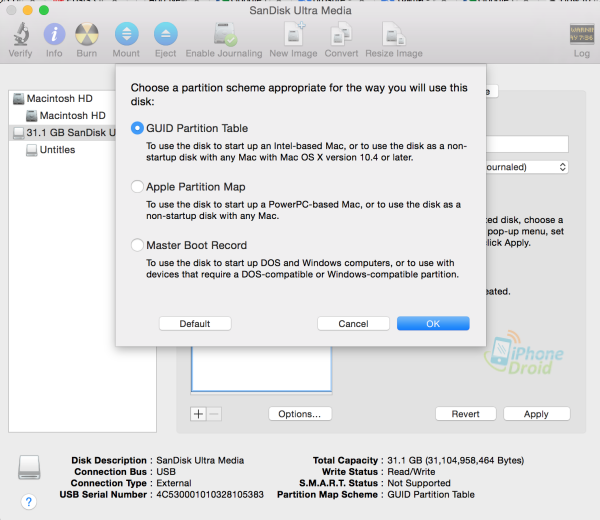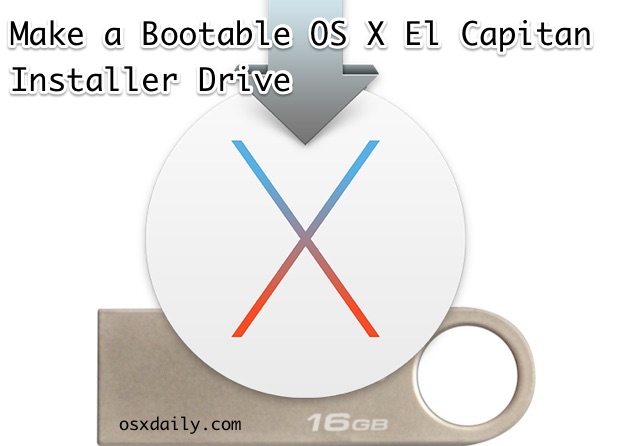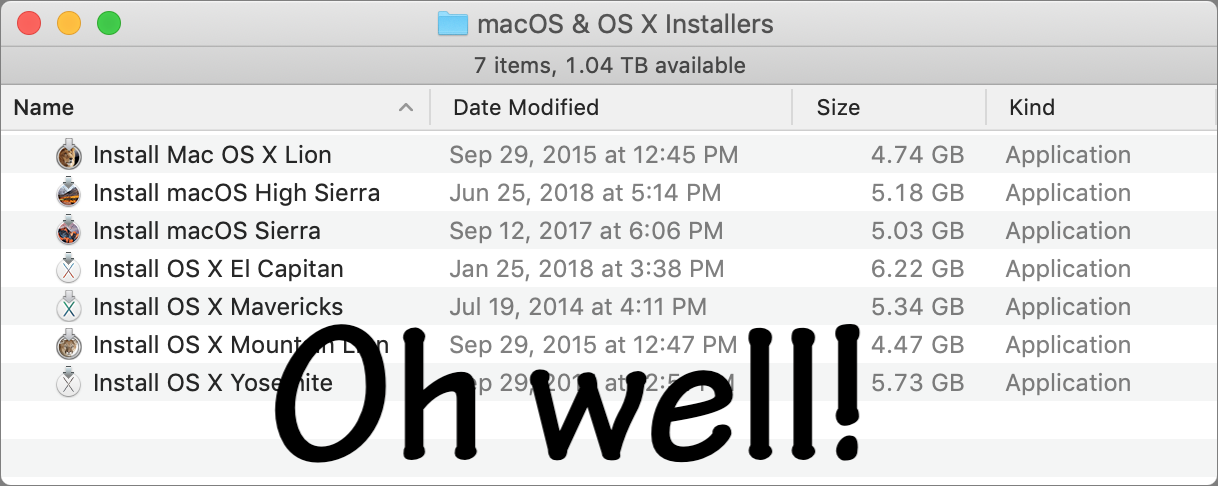
Mac operating system’s twelfth major version is the El Capitan Installer (version 10.11). All the Mac computers which don’t have the privilege to upgrade to MacOS High Sierra or the computers that need to upgrade to El Capitan first, can download this twelfth version on the computer. This is the very last version of the Mac operating system which comes under the name OS X. And it is named as ‘El Capitan’ after the formation of a rock in the Yosemite National Park. El Capitan Installer is the post version to the Yosemite, and it was built by adding up more improvements to the Yosemite. In this version of the Mac operating system, the Apple Inc. has focused on the performance, stability, and security of the computer. Anyone who is interested can download it on the Mac PC.

How to download El Capitan Installer?
Nov 17, 2016 COPY/PASTE the command, not type it. /Applications/Install OS X El Capitan.app/Contents/Resources/createinstallmedia. You do that by clicking three times on the line to select the whole line, then 'copy', then paste it in Terminal. This command is correctly mentioned by Barney in his post above. Create El Capitan Usb Installer From Dmg - newteacher. Download El Capitan Installer. Mar 01, 2016 This step-by-step procedure will teach you how to create a bootable USB drive installer for Mac OS X El Capitan.This method will also work for the other iterations of OS X (including the Yosemite, Mavericks, and Mountain Lion updates). Download: OS X El Capitan This can be downloaded as a disc image named InstallMacOSX.dmg. On a Mac that’s compatible with El Capitan, start the disk image and then run the installer inside, which includes the title InstallMacOSX.pkg. It installs a program called Install OS X El Capitan in your Programs folder.
If you want to upgrade to OS X El Capitan, first you have to collect gather your Mac PC and then download the El Capitan Installer. That’s what we are going to do now.
- Go to the App Store and open the El Capitan page there.
- Then you must click on the ‘Download; button on the El Capitan Page.
- If your Mac PC is compatible to perform this upgrade, a file named ‘Install OS X El Capitan’ will download to your Applications folder.
- The installer will open automatically after finishing the download process. All you have to do next is click on the ‘Continue’ button and follow the onscreen instructions.
Upgrade Mac OS Version with El Capitan Installer while Protecting your Data
Before executing the Upgrade, you must prepare the Mac PC for the El Capitan Update. For that, gather these requirements first.
- The Mac PC must have at least 2GB of memory and 8.8GB of storage space.
- The PC must have at least 45% of battery life.
- Connect the Mac PC to Wi-Fi or any other internet connection.
- The Mac Apps must be up to date with the latest versions.
- Take backups of all your personal data and present OS of the Mac PC.
Important! It is very important to backup your important data on the Mac PC to an external storage device because it will help you to avoid the data loss issues. If any case, you forgot to backup the data, your data may be lost while executing the El Capitan Installer update. So make sure you make a backup of the device data.
How to use El Capitan Installer for a Clean Install?
01. El Capitan Clean Install on Empty Volume with El Capitan Installer
This is the easiest method for the clean install. Here, you can install the OS X El Capitan Installer onto an empty volume, or you can use a storage space that has the content which no longer needed and don’t mind removing. What it matters here is that you don’t use the current startup volume as the destination here. What makes this method easier is the fact that it is possible to perform this clean install while booted from the current startup drive. You don’t need a special, custom-made startup environment for the empty volume clean install. All you have to do is, start up the installer and go.
02. El Capitan Clean Install on Startup Volume with El Capitan Installer
This is the most common method of the two. Usually, the clean install process deletes the contents of the destination drive. Therefore, if you choose the startup drive method to perform the clean install of El Capitan Installer, you have to follow some extra steps as well.
- First, you have to create a bootable USB flash drive that has the Installer of OS X El Capitan.
- Then erase the startup drive.
- After then, start the clean install process.
How to Create El Capitan Installer with USB?

Requirements
- The USB flash drive must be at least 8GB
- El Capitan Installer must be on the Mac PC’s Applications folder.
Process
- Plug the USB drive into the Mac PC with the Installer of the El Capitan on it.
- Rename the USB driver using an easy to remember and use name. (For the ease of the steps ahead, I will rename it as ‘ElCaptIns’)
- Be sure that the Installer of the El Capitan named ‘Install OS X El Capitan.app’ is in its default location (Applications folder).
- Select and copy the text of the below-mentioned terminal command.
- Now you can launch the terminal in the Applications/Utilities/
- In this step, it deletes the data in the destination drive. So make sure it doesn’t contain any valuable data and paste the copied command into the terminal, then press ‘Return’.
- When the windows prompted, enter the admin level account password of yours and press to Return.
- Then a message telling “To continue we need to erase the disk at /Volumes/ElCaptIns. If you wish to continue, type (Y) then press return:” will emerge. You can type ‘Y’ and press to return to continue. You are already set if you don’t see this message.
sudo/Applications/InstallOSXElCapitan.app/Contents/Resources/createinstallmedia --volume /Volumes/ElCaptIns --applicationpath /Applications/Install OS X El Capitan.appUSB installer and El Capitan Installer in Apple Store
El Capitan Installer is only available in the Mac App Store. So you can only download it from the App Store. By the way, having a USB installer to perform the El Capitan is a good idea. Because having a copy of the OS version in a separate device ensures that you always have a backup plan to install it or re-install it on the PC. When you have the USB installer with the El Capitan Installer in it, you no longer need the internet connection or the access to the Mac App Store to perform the upgrade.
What is createinstallmedia?
“createinstallmedia” is a unix program hidden inside the OS X Installer which is provided by the Apple Inc. to create a bootable installer drive. Where is goodneighbor fallout 4. createinstallmedia is the ideal and the easier to use tool if you are comfortable to use the terminal. This is only available for the OS versions of Lion (OS X 10.7) and above.
El Capitan Createinstallmedia Command Not Found
System and Hardware Requirements for El Capitan Installer
System Requirements
- iMac models from mid 2007 or later
- MacBook models from late 2008 or later
- MacBook Pro models from mid 2007 or later
- MacBook Air models from late 2008 or later
- Mac mini models from early 2009 or later
- Mac Pro models from early 2008 or later
- Xserve models from early 2009

El Capitan Createinstallmedia Mac
Hardware Requirements
- OS X v10.6.8 or later
- 2GB of memory
- 8.8GB of available storage
- Some features require an Apple ID (terms apply)
- Some features require a compatible Internet service provider (fees may apply)
FAQs:-
01. What is the best method to install El Capitan?
Keepvid music 8.2.7.1 for macos. You can either use the default method to upgrade install or clean install methods to get El Capitan Installer but, without any doubt, Clean Install is the best method to upgrade your Mac OS. I hope all the above facts prove that.
02. How to save previous data when upgrading the OS X?
Simply, take a backup by using the Time Machine.
- Open the Time Machine app.
- Click on the ‘Select Backup Disk’.
- Select the external drive or internal location where you want to save the files.
- Click on the ‘On’ to turn on the Time Machine.
- Click on the Arrow Clock icon in the Finder Bar at the top of your screen and select ‘Backup Now’.
03. Is it secure to install El Capitan without Apple Store?
No, it is not safe to get El Capitan Installer outsider of the Apple Store. It is only safe to get this OS upgrade from the Mac App Store. Besides, there is no such external place to get this OS upgrade. I have provided the steps to install El Capitan in the above of this site. Just follow those steps and upgrade your Mac PC to the El Capitan.
A bootable installer is one of the fastest ways to install El Capitan. Rather than copy the installer to a local drive you can run it right off a USB disk (or Thunderbolt if you dare). Such a little USB drive would be similar to the sticks that came with the older MacBook Air, when we were all still sitting around wondering how you would ever install the OS on a computer with no optical media or Ethernet otherwise. Luckily, Apple loves us. To make a bootable USB/flash drive of El Capitan like the one that used to come with the MacBook Air, first name the USB drive. I’ll use mavinstall for the purposes of this article. The format should be Mac OS Extended Journaled. The installer is called Install OS X El Capitan and is by default located in the /Applications directory. Inside the app bundle, there’s a new binary called createinstallmedia (nested in Contents/Resources). Using this binary you can create an installation drive (similar to what we used to do with InstallESD). To do so, specify the –volume to create the drive on (note that the target volume will be erased), the path of the Install OS X El Capitan app bundle and then we’re going to select –nointeraction so it just runs through the whole thing/Applications/Install OS X El Capitan.app/Contents/Resources/createinstallmedia --volume /Volumes/mavinstall --applicationpath /Applications/Install OS X El Capitan.app --nointeractionNote: You’ll need to elevate your privileges for this to run. Once run you’ll see that it erases the disk, copies the Installation materials (InstallESX, etc) and then makes the drive bootable, as follows: Erasing Disk: 0%.. 10%.. 20%.. 100%.. Copying installer files to disk.. Copy complete. Making disk bootable.. Copying boot files.. Copy complete. Then you can either select the new volume in the Startup Disk System Preference pane or boot the computer holding down the option key to select the new volume. Note: If you can do this on a system with a solid state drive it will be faster. Although this took 17 minutes last I ran it even then so be patient for the files to copy.